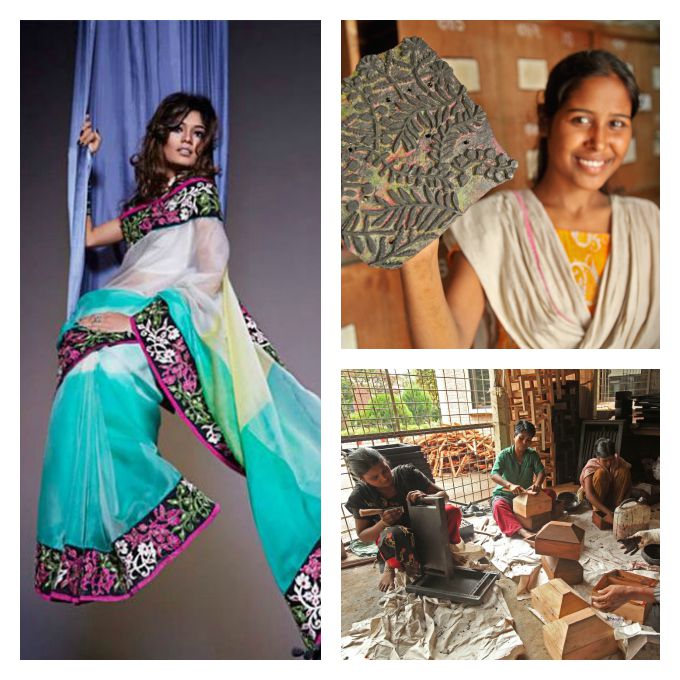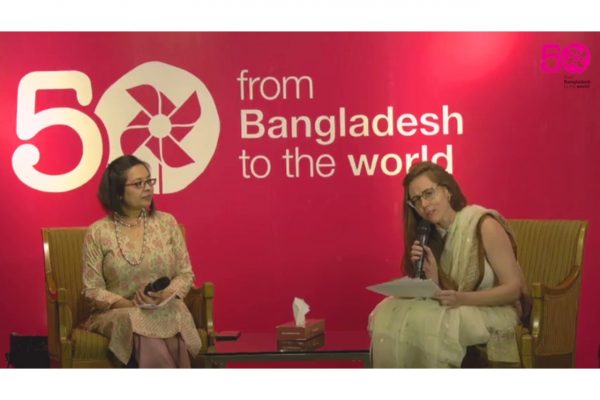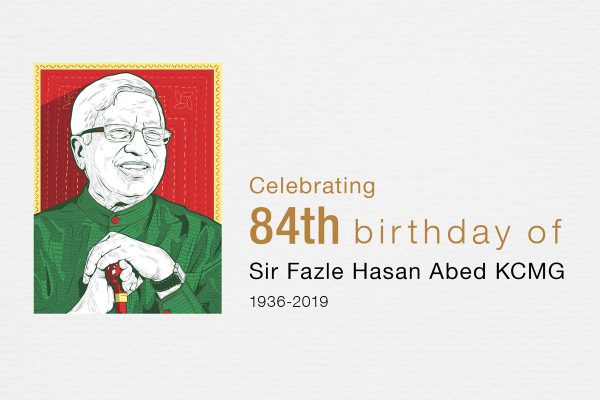Aarong: a big brand or just a handicraft retailer?
Reading Time: 3 minutes
The world’s most famous brands reach their consumers through ad campaigns with supermodels and celebrity endorsements. Their glamorous photoshoots are raised on billboards, magazine covers, and in store displays. They run special offers through newspapers and direct mailers, or email you a coupon code you can use on their website. They have 50,000 square feet retail stores with large window displays and products visually merchandised to awe the customer. So what does a brand such as Aarong, who sells handicraft goods, do to market their products? The exact same thing.
The world’s most famous brands reach their consumers through ad campaigns with supermodels and celebrity endorsements. Their glamorous photoshoots are raised on billboards, magazine covers, and in store displays. They run special offers through newspapers and direct mailers, or email you a coupon code you can use on their website. They have 50,000 square feet retail stores with large window displays and products visually merchandised to awe the customer. So what does a brand such as Aarong, who sells handicraft goods, do to market their products? The exact same thing.
It’s a bit unconventional to think of handicraft retailers and supermodels in the same space. A few select boutiques, in the trendy part of town, that carry high end handicraft products may meet such expectations, but it’s rare to find retail chains or brands who sell handicraft products market themselves in such a manner.
When we think of purchasing handicraft products, made by poor women, we probably think of dated stores full of basketry, or an obscure website made using a free template promoting poor artisans. Come of think of it, the clothes made by your favorite brands are probably also made by poor women (and men). So why are products made by handicraft producers and products made by garment factory workers marketed differently?
The difference lies in establishing a brand versus retailing goods. When you establish a brand you continue to hammer in a connection for consumers with the products purchased from that brand year after year. You will associate the quality, design, and price points with that particular brand. It’s rare to find handicraft producers or retailers who have branded themselves the way Aarong has. Aarong provides the design for all of the products produced by the 65,000 artisans in its supply chain. Whether it’s carved wooden lamps or hand stitched pillow cases, a team of design and product development experts ensure that the product is not only functional but in line with the trends of that year. This takes the remote artisans out of the box of producing the same jute basket year after year. Secondly, quality is strictly controlled. Any flaw that falls outside the set parameters is rejected. This keeps consumers faithful to the brand.
Promotions for these products are then planned on the basis of major shopping holidays and ad campaigns are developed accordingly. The country’s top models are recruited to feature Aarong’s men’s and women’s wear, the fabrics of which are weaved on handlooms and are value added with hand embroidery, block/screen prints, natural dyes, all hand crafted by rural artisans. Aarong effectively promotes artisanal products without promoting the artisan, but rather using mainstream methods that are proven to be responsive from consumers.
It is hard to miss an Aarong billboard in Dhaka. The decor and visual merchandising of Aarong’s 60,000 square feet flagship store rivals those on 5th avenue in New York. It features a lounge, café, and flat screens playing fashion videos. Customers can also sign up for a rewards programme to earn redeemable points on their purchases. Aarong creates shared value for not only producers but also consumers; all while maintaining an inclusive and ethical supply chain.
Aarong started as a small handicraft retailer with a mission to provide sustainable livelihoods for poor rural women with a consistent focus on improving design and quality of their products. Today, large international brands, which focused only on design and quality, are also focusing on implementing developmental interventions for the workers in their supply chains. Creating shared value is the way forward for both social enterprises and corporate enterprises for effectively creating sustainable livelihoods for millions of people around the world.
Tanvir Hossain is manager of marketing and sustainability, Aarong.






